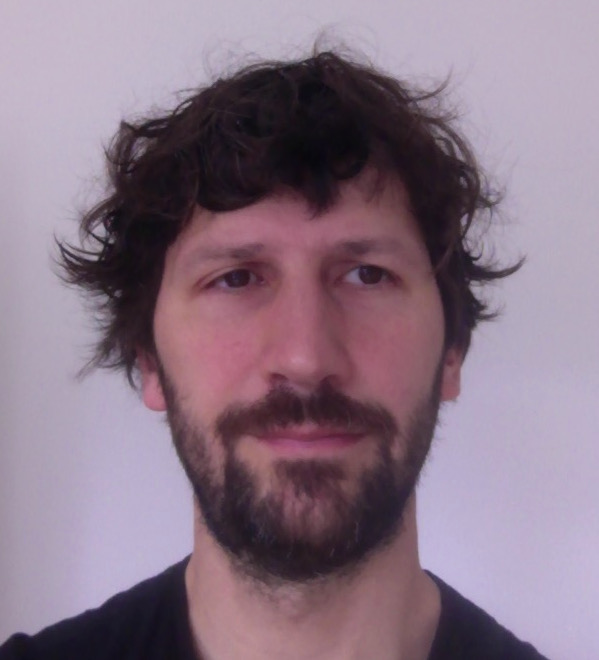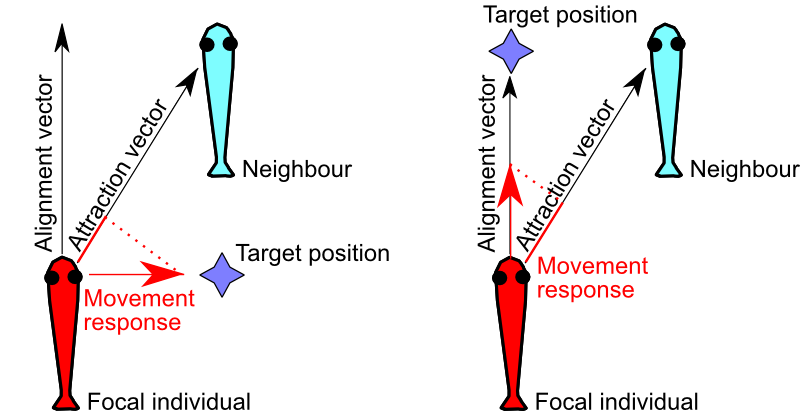
Andrea Perna
Andrea Perna is senior lecturer in theoretical biology at the University of Roehampton, in London. His research focuses on inferring the principles of organisation of animal groups. He has contributed mainly to two areas of biological swarm intelligence: the coordination of collective motion in flocking and schooling and the collective building behaviour of social insects.
Forward and inverse methods for inferring interactions in natural swarms
Many group-living animals
are capable of impressive collective coordination
phenomena ranging from flocking to collective
decision-making and structure building. Inferring the
individual-level rules of interaction that lead to the
emergence of these phenomena is a complex scientific
endeavour. It requires observing the system over two
different scales (the individual and the collective)
and describing it both empirically from real world
data and theoretically with mathematical and
computational models.
A common approach involves multiple iterations of the
following "modelling cycle" (Sumpter, Mann, Perna,
J. Roy. Soc. Interface 2012): (1) Characterise the
interactions of individual animals with other group
members (2) Implement the observed rules of
interaction in an agent-based simulation model (3)
Collect measures that characterise the
collective-level pattern produced by the model and (4)
validate the model by comparing the measures collected
with empirical collective-level data. This approach
allows identifying interaction rules that are
biologically realistic (because they were observed
from data) and are also sufficient to explain the
observed collective phenomenon (because the model
effectively reproduces it). Typically, however, this
approach does not allow concluding that the observed
rules of interaction are also "necessary": other
animal species could implement completely different
rules of interaction that lead to the same collective
outcome. Identifying necessary (and hence universal)
individual-level interaction rules can be achieved by
running the modelling cycle in a reverse way: by
modelling directly the collective-level outcome and by
inferring the individual-level interaction directly
from the model. I will bring some examples of both the
forward and inverse methods based on my recent
research.
